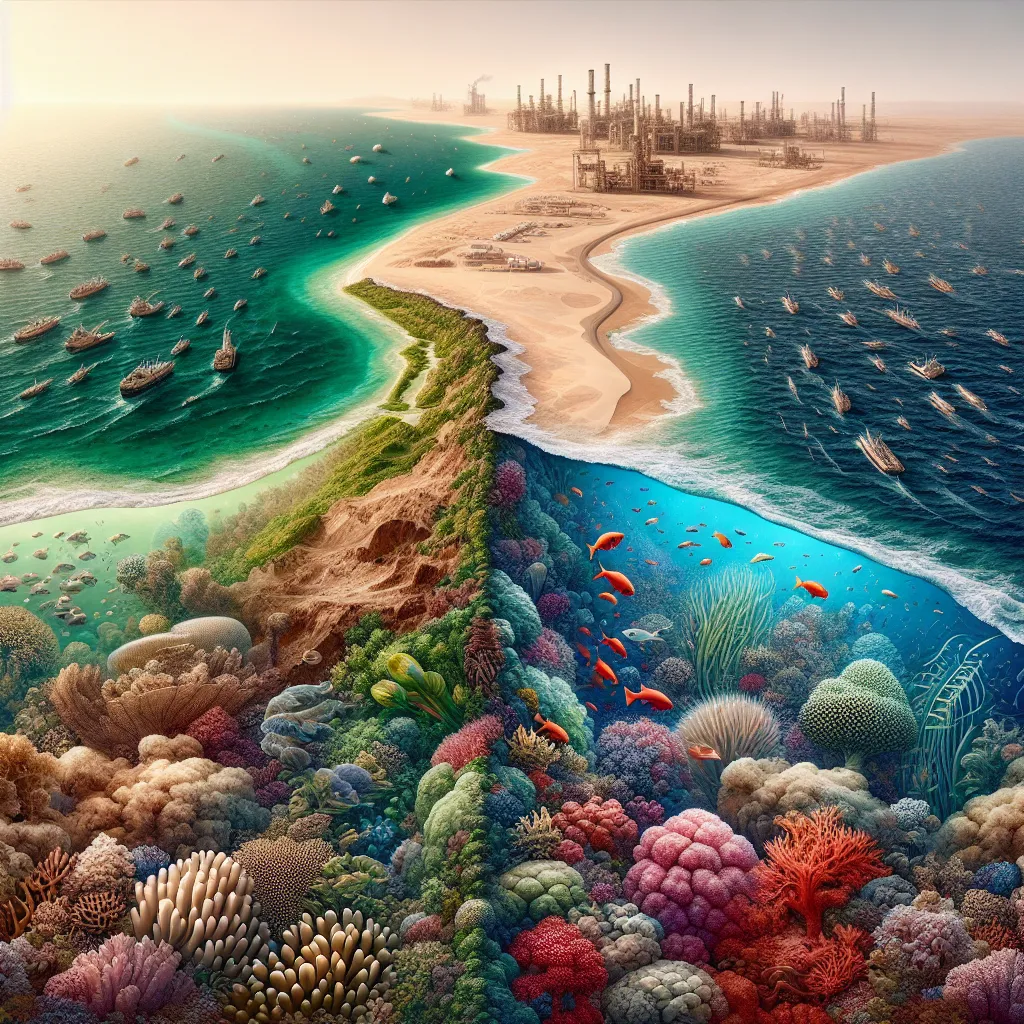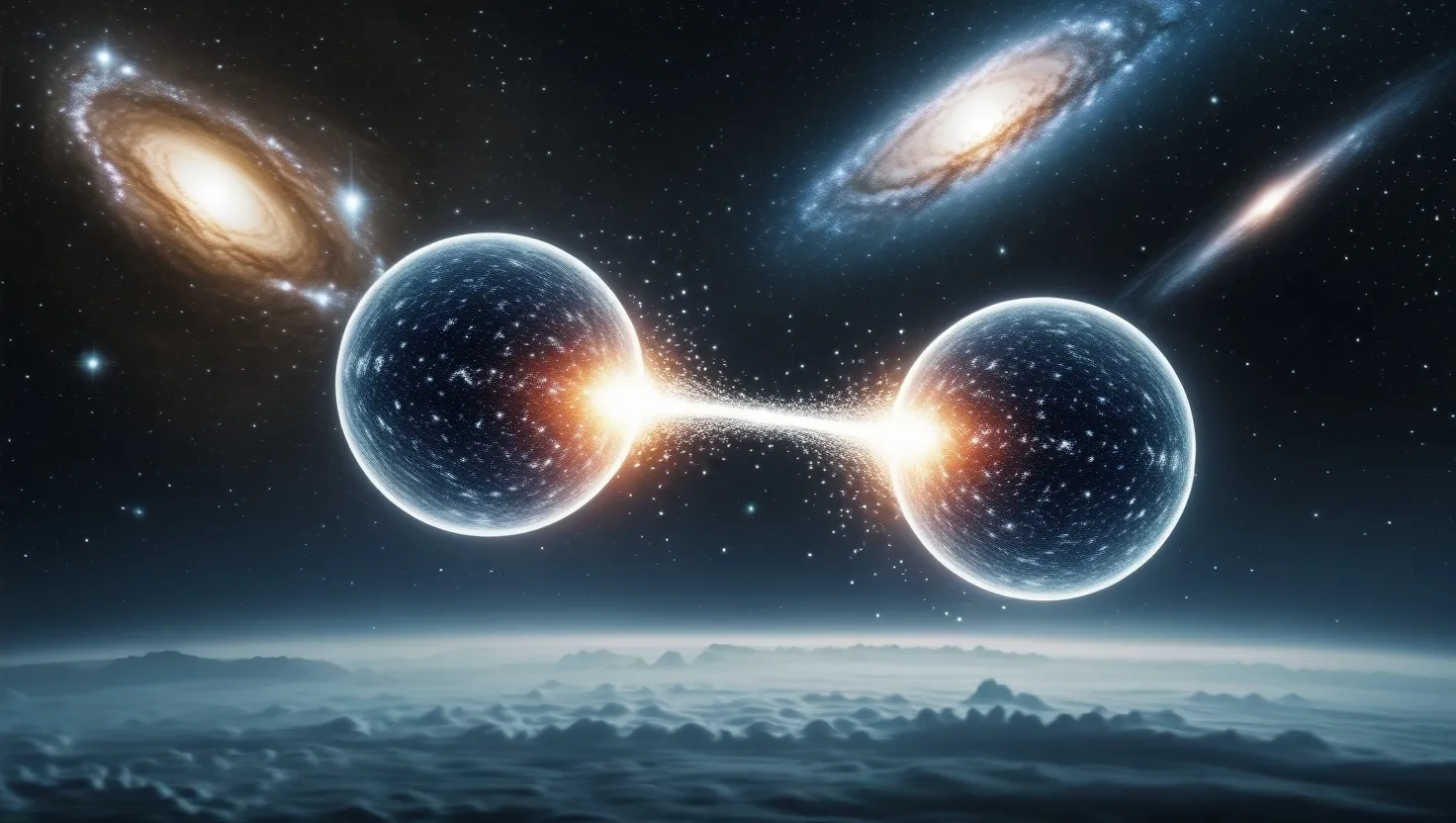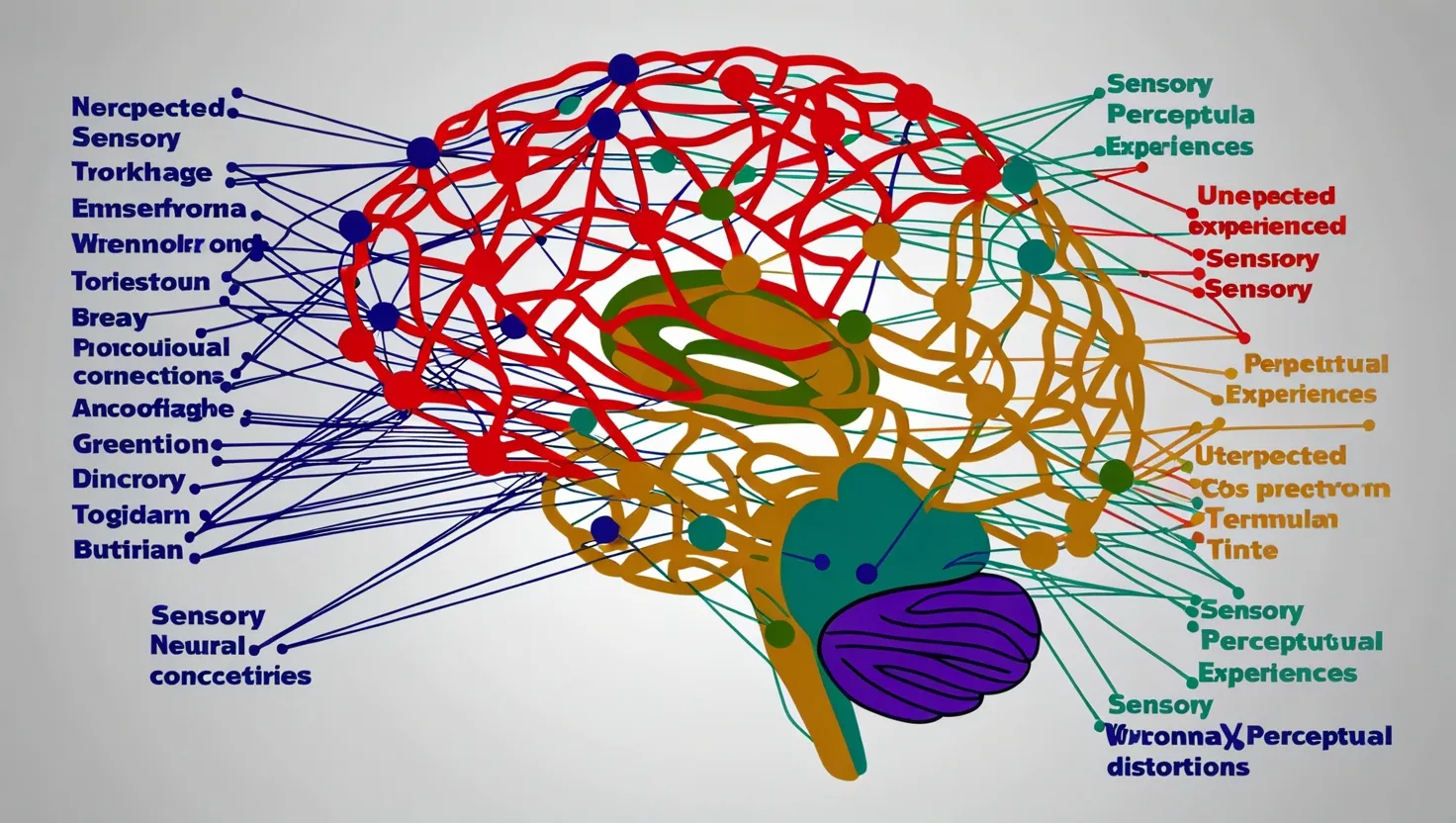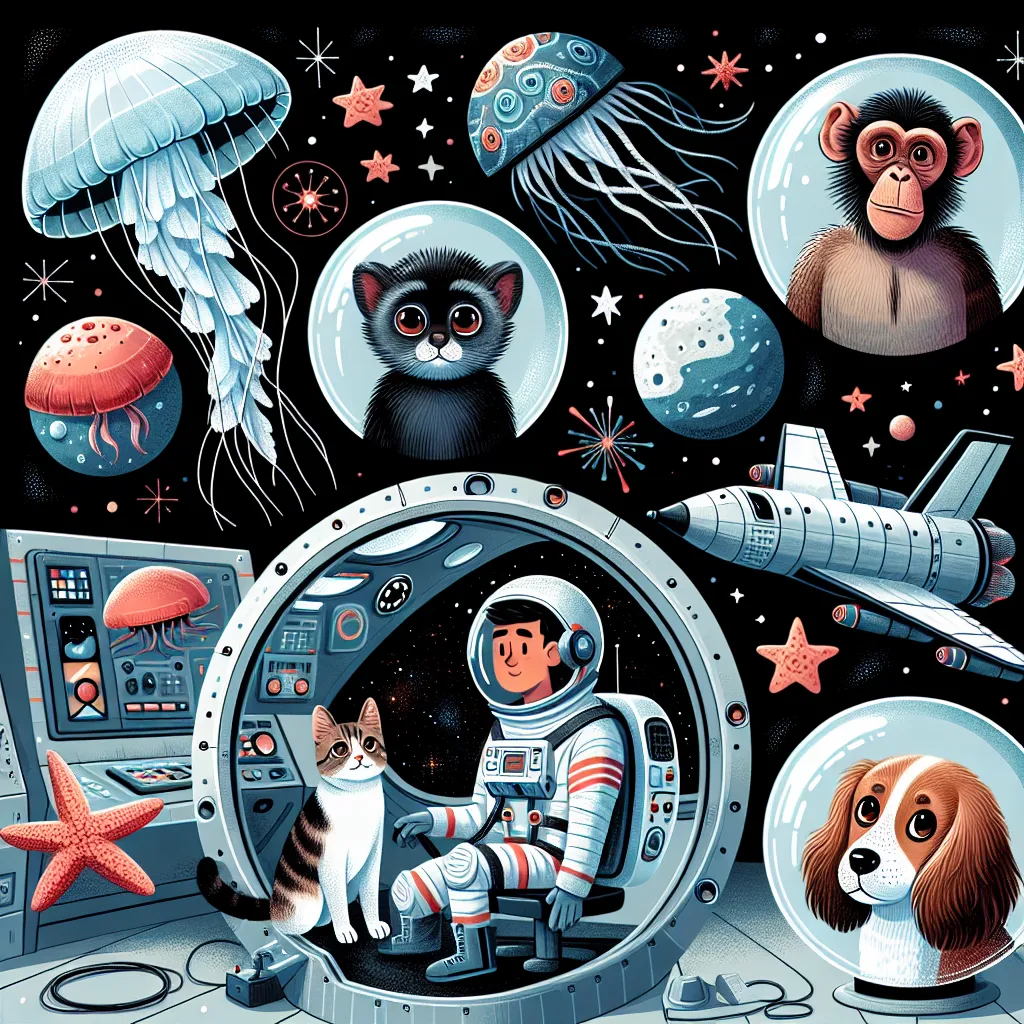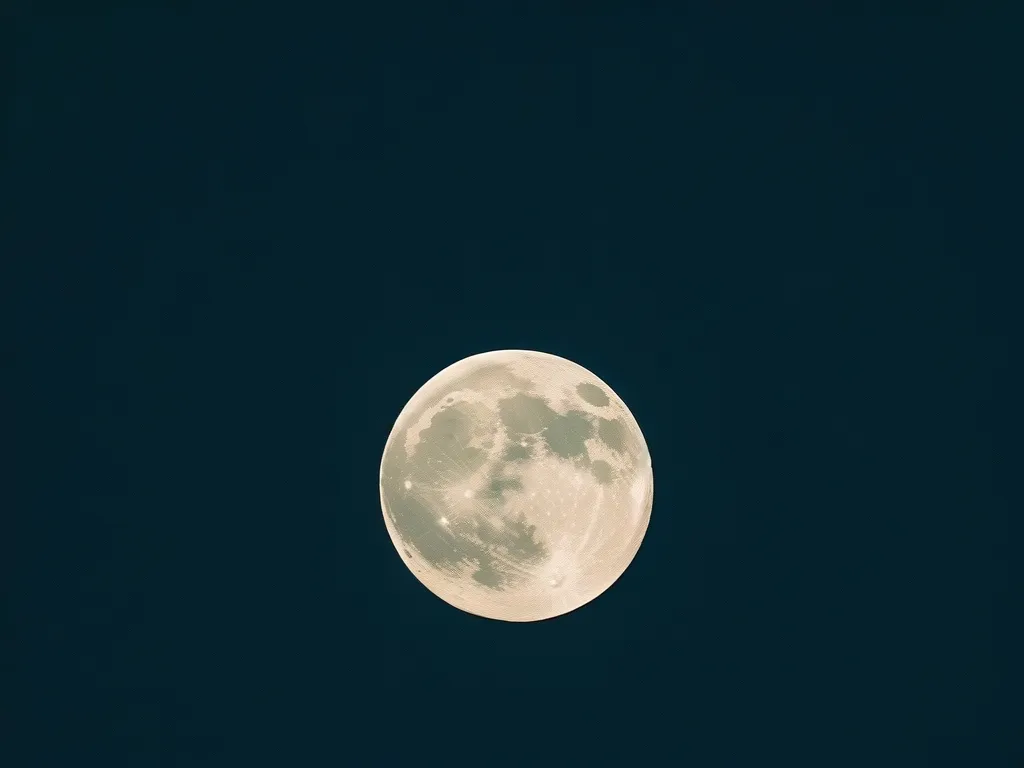There’s a world that was out of reach, until now. Saudi Arabia lies between two fascinating seas: one flamboyant and sophisticated, the other tougher and secretive.
These two seas, like arms, stretch around the Arabian desert. Millions of years ago, the land was underwater, forming what we now know as oil reserves. The Gulf, 10,000 years ago, was a swampy floodplain. As sea levels rose, it turned into a hot, salty expanse, unlike any other sea. Across on the Red Sea, formed by the separation of tectonic plates, vibrant coral reefs dive into the depths, showcasing a world of fascinating marine relationships.
On these reefs, tiny creatures live together in complex, symbiotic relationships. Cleaner wrasses pick parasites off larger fish, sweetly nibbling on morsels they find. Moray eels, with their sharp teeth, allow shrimp to clean their mouths, a risky but rewarding service. Damsel fish hide among anemone tentacles, finding protection others cannot.
This underwater community sits alongside ancient human civilizations. The Middle East is known as the cradle of human progress, the birthplace of cities and foundational knowledge in mathematics, astronomy, and medicine.
The Gulf seems harsh at first glance, like a bombed-out city, its reefs small and isolated compared to the Red Sea’s lush underwater gardens. Yet, seagrass meadows, vital hidden habitats, host a mirage of life. Creatures like blennies hide in the grass, and sea snakes hunt with venom unmatched by even the deadliest land serpents. Though the Red Sea flaunts its riches openly, the Gulf conceals its wealth beneath the waves.
In the Gulf, an astonishing array of life flourishes despite the oppressive heat and salty conditions. Shrimp, fish, and turtles navigate this challenging environment. Sandy plains, seemingly barren, are bustling with life upon closer inspection. Seagrass beds flourish here, making them one of the most productive natural habitats. The Gulf is filled with creatures that have adapted uniquely to this harsh environment.
Tide and nutrient flow shapes both seas dramatically differently. The Red Sea’s coral reefs, nurtured by minimal nutrients, balance a delicate existence. Coral polyps construct complex limestone structures powered by the sun. This ecosystem appears self-sufficient, recycling every fallen nutrient back into the reef community. In stark contrast, the Gulf’s harsh conditions foster specially adapted species; corals here could be key to global conservation efforts.
Marine life in the Red Sea weathers its distinct set of challenges. Schools of fish, hiding from predators like bluefin trevally, find temporary sanctuary in the reef’s crevices. As twilight descends, the reef transforms. Nocturnal hunters emerge, and corals extend their polyps to feed.
In the Gulf, wildlife has endured war and environmental disasters. Oil spills, like the one in the Gulf War, caused massive destruction. Miraculously, life found a way to thrive again. Dust storms play a pivotal role, carrying nutrients to sustain marine life in an otherwise sterile sea.
The Red Sea and the Gulf each tell unique stories of survival and adaptation. The Gulf, once seen as desolate, now appears as a potential savior, its resilient corals possibly aiding other reefs worldwide. As the world’s climate changes, these two sister seas offer lessons in endurance and regeneration, each uniquely reflecting the wonder and resilience of marine life.
Their contrasting natures underscore an incredible truth: life finds a way. The Gulf’s hidden riches support a resilient ecosystem, while the Red Sea’s visible splendor thrives on efficient recycling. Together, they illustrate nature’s relentless pursuit of balance and resilience.
